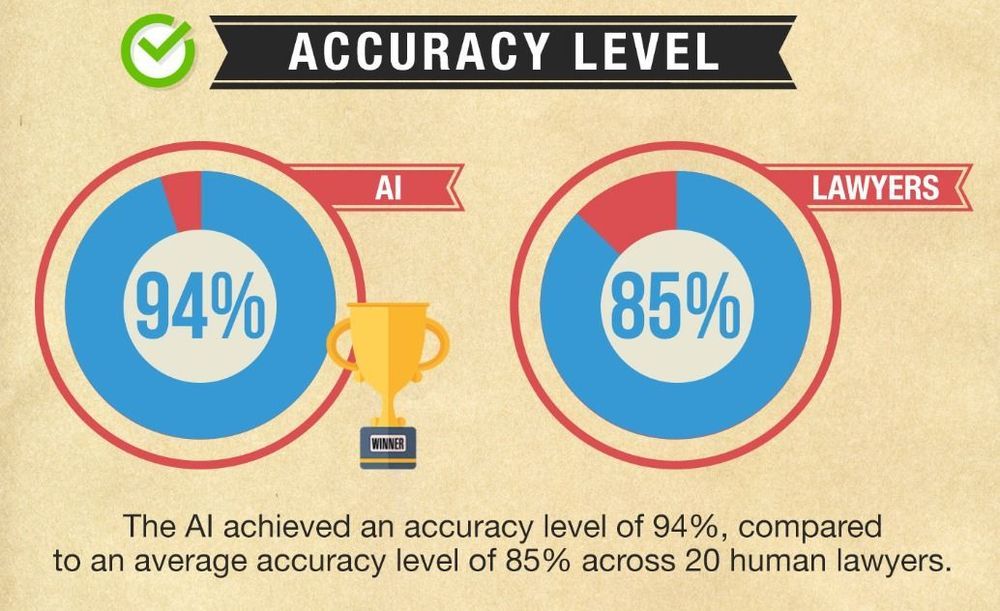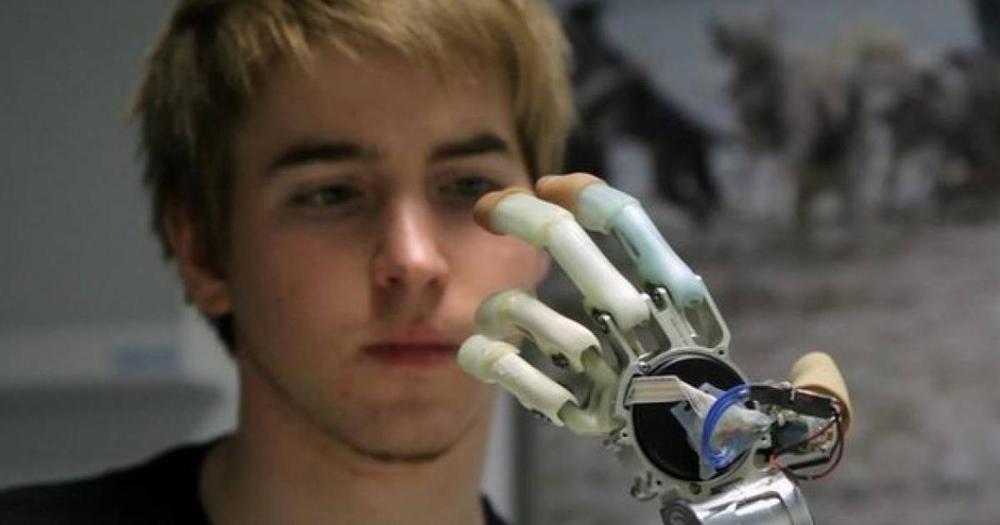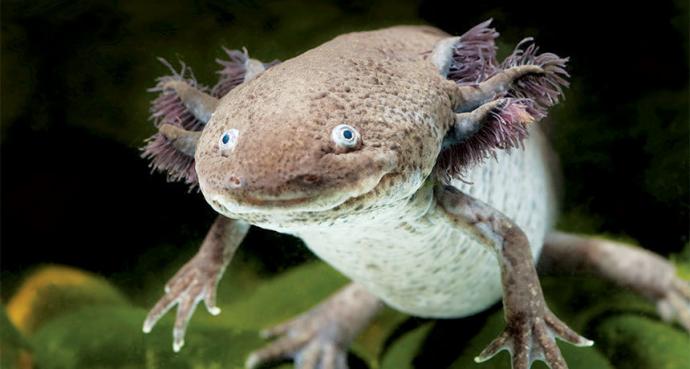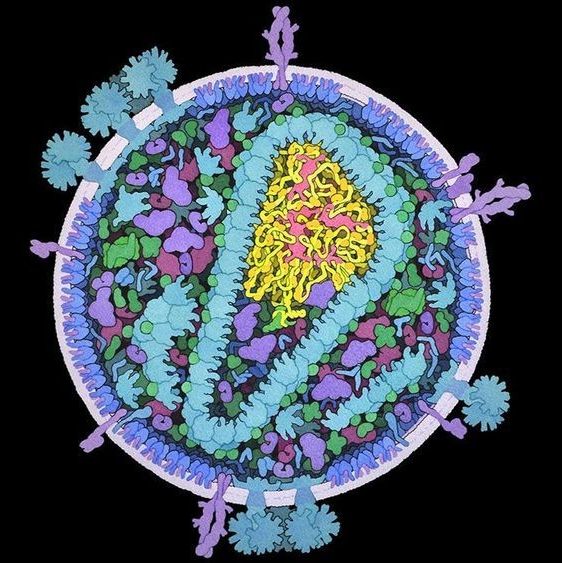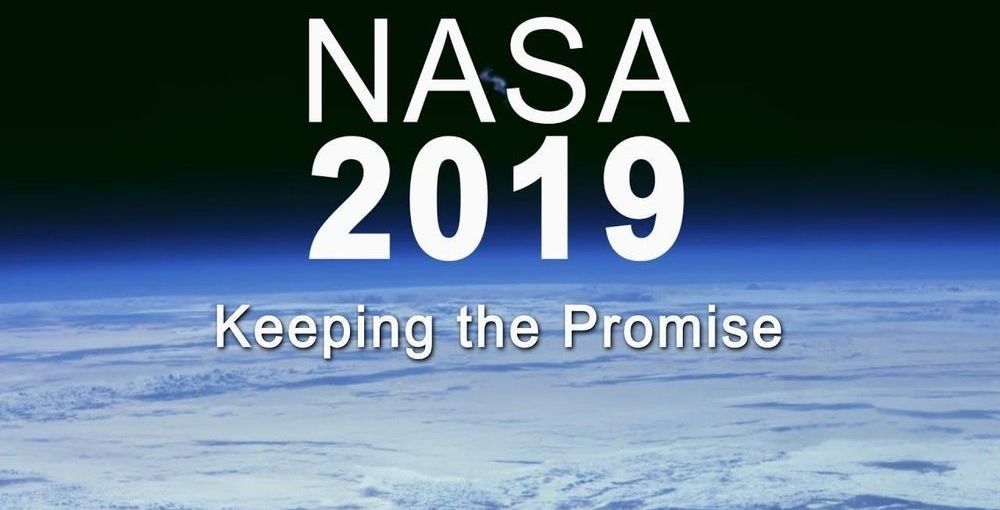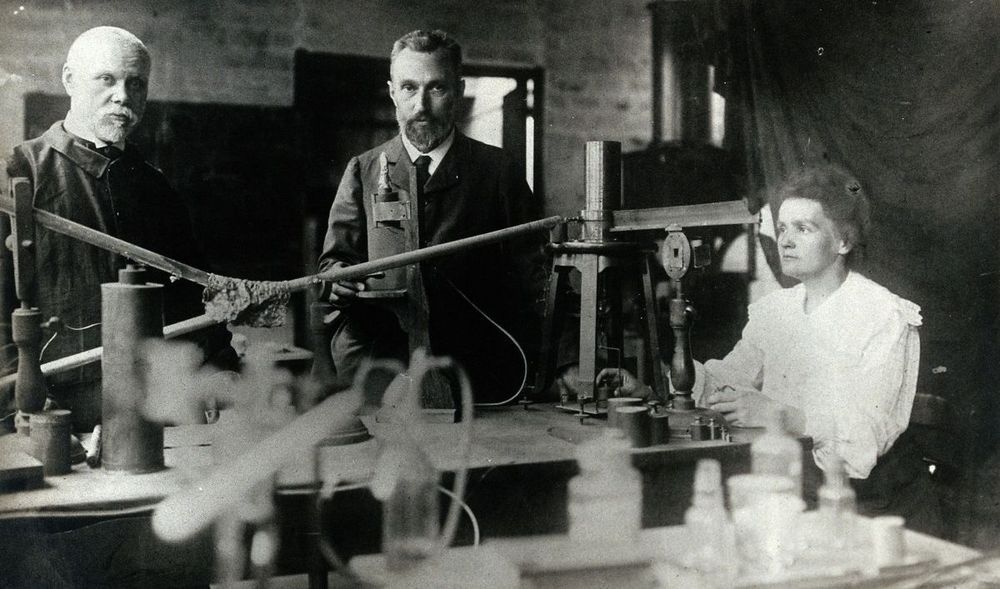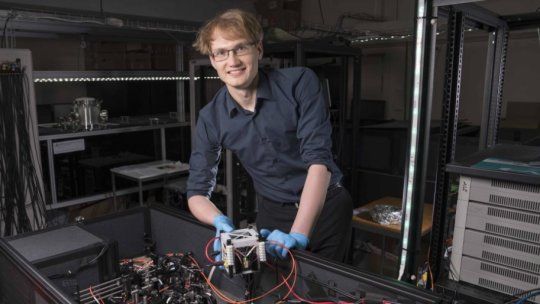Mar 15, 2019
This AI outperformed 20 corporate lawyers at legal work
Posted by Michael Lance in categories: information science, law, robotics/AI
It was 100 times faster on a routine task.
In a recent study, LawGeex, a legal tech startup, challenged a group of 20 experienced lawyers to test their skills and knowledge against its AI-powered algorithm.
A legal battle
Continue reading “This AI outperformed 20 corporate lawyers at legal work” »
